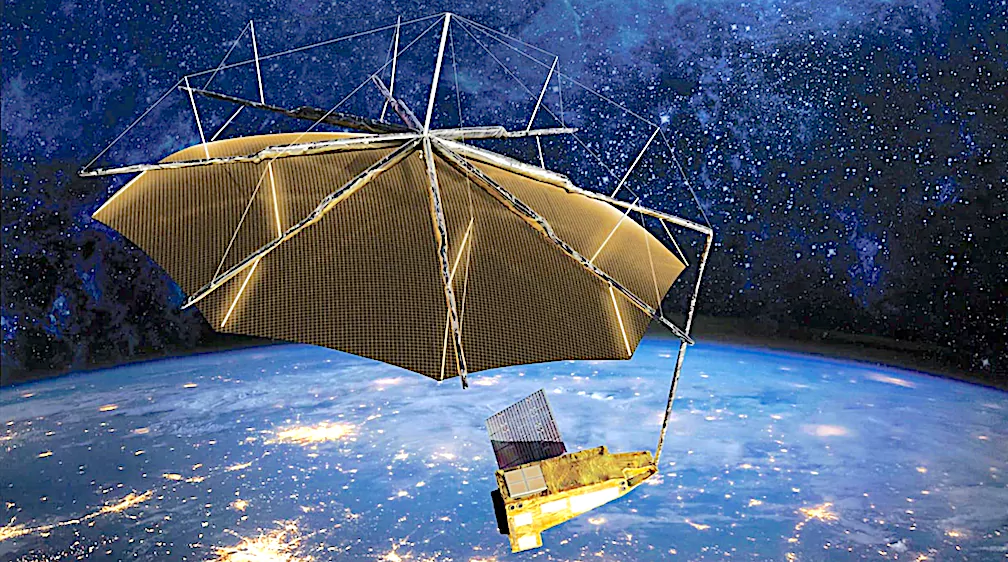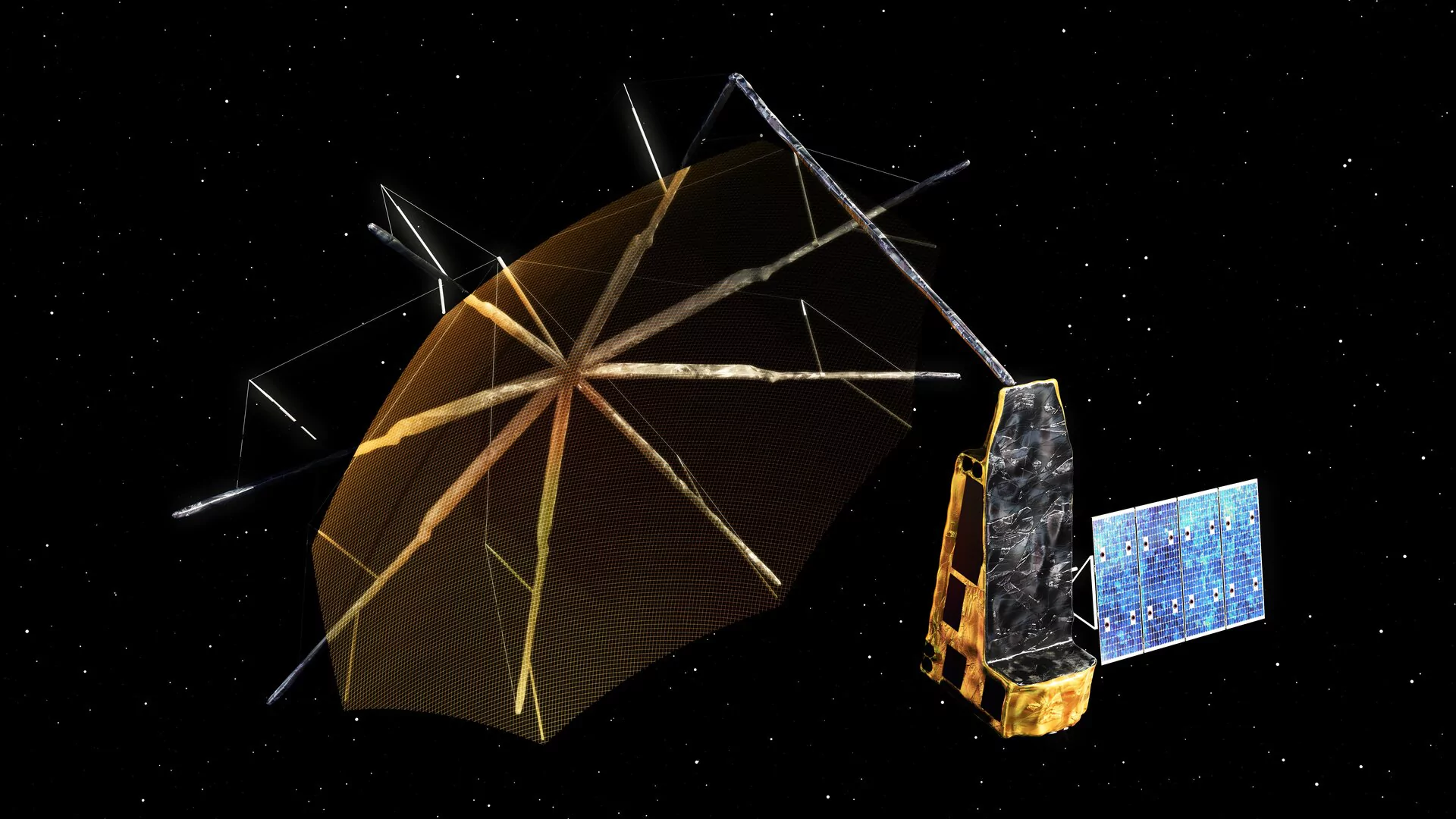Biomass Mission
The European Space Agency (ESA) is preparing to launch its ambitious Biomass Mission in late April 2025.
Launch Vehicle: Vega C rocket from ESA’s Kourou Spaceport in French Guiana.
Orbit: Sun-synchronous orbit at approximately 666 km altitude — allows consistent solar lighting for observations.
What is Sun-synchronous Orbit?
- A Sun-synchronous orbit is a near-polar orbit where a satellite passes over the same part of the Earth at approximately the same local solar time every day.
- It means that lighting conditions (sunlight and shadows) are nearly constant across satellite images on different days.
Objective of the Biomass Mission
- To create comprehensive global measurements of forest biomass.
- To study how forests are changing, especially in terms of carbon absorption and release.
- To improve understanding of forests’ role in the global
carbon cycle and climate system.
Why Biomass Measurement is Important
- Forests absorb about 16 billion metric tonnes of carbon dioxide annually.
- Forests currently hold 861 gigatonnes of carbon in their soils and vegetation.
- Biomass = mass of organic material in trees — crucial to understanding carbon storage.
- Loss of forests due to human activities releases stored carbon into the atmosphere, contributing to climate change.
Key Fact:
"In 2023, Earth lost 3.7 million hectares of tropical forests," roughly equal to losing an area the size of Switzerland.How Will the Biomass Mission Work?
- The satellite will use Synthetic Aperture Radar (SAR)
- It will be the first mission to use a long-wavelength P-band SAR from space.
- P-band radar can penetrate dense forest canopies, unlike shorter wavelengths.
- The satellite will measure:
- How much carbon is stored in tree trunks, branches, and soil.
- How these carbon levels change over time.
Key Terms:
- Synthetic Aperture Radar (SAR): A radar system that produces high-resolution images.
- P-band: A frequency band (long wavelength) that can deeply
penetrate through vegetation and soil layers.
Additional Observations
- Biomass satellite will also:
- Track ice sheet movements in Antarctica.
- Generate 3D models of terrains covered by dense forests.

Earth Explorer Programme
- Biomass Mission is the seventh mission under ESA’s Earth Explorer Programme.
- Previous missions provided critical data about:
- Gravity fields (GOCE mission)
- Ocean circulation
- Climate balance (Earth Cloud Aerosol Radiation Explorer)
Importance of the Biomass Mission
- Helps accurately calculate how much carbon forests store.
- Helps quantify forest loss and its impact on global carbon emissions.
- Provides critical data for climate change mitigation strategies.
- 3D imaging of forests will help in conservation planning.
Quote by Shaun Quegan (Sheffield University):
"We will weigh the carbon content of the world’s forests and track changes over time."













